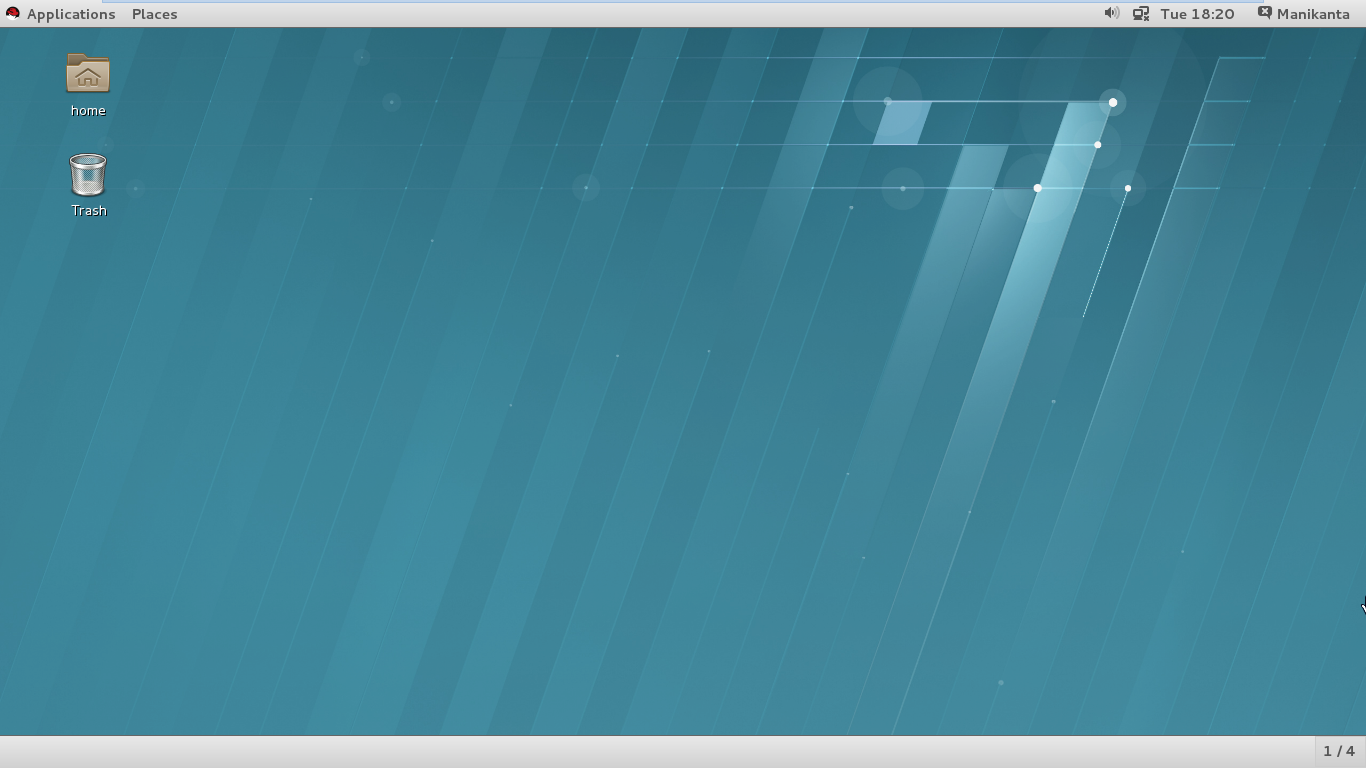Apache Phoenix is a relational database layer over HBase delivered as a client-embedded JDBC driver targeting low latency queries over HBase data. Apache Phoenix takes your SQL query, compiles it into a series of HBase scans, and orchestrates the running of those scans to produce regular JDBC result sets. The table metadata is stored in an HBase table and versioned, such that snapshot queries over prior versions will automatically use the correct schema. Direct use of the HBase API, along with coprocessors and custom filters, results in performance on the order of milliseconds for small queries, or seconds for tens of millions of rows.
Step 1: Download Latest version of Phoenix using command given below
--2015-11-23 12:20:21-- http://mirror.reverse.net/pub/apache/phoenix/phoenix-4.3.1/bin/phoenix-4.3.1-bin.tar.gz
Resolving mirror.reverse.net... 208.100.14.200
Connecting to mirror.reverse.net|208.100.14.200|:80... connected.
HTTP request sent, awaiting response... 200 OK
Length: 72155049 (69M) [application/x-gzip]
Saving to: “phoenix-4.3.1-bin.tar.gz.1”
100%[=====================================] 72,155,049 614K/s in 2m 15s
2015-04-10 12:25:45 (521 KB/s) - “phoenix-4.3.1-bin.tar.gz.1” saved [72155049/72155049]
Step 2: Extract the downloaded tar file to convenient location
[root@maniadmin ~]# tar -zxvf phoenix-4.3.1-bin.tar.gz
phoenix-4.3.1-bin/bin/hadoop-metrics2-phoenix.properties
-
-
phoenix-4.3.1-bin/examples/WEB_STAT.sql
Step 3: Copy phoenix-4.3.1-server.jar to hbase libs on each reagion server and master server
On master server you should copy “phoenix-4.3.1-server.jar” at “/opt/cloudera/parcels/CDH-5.3.0-1.cdh5.3.0.p0.30/lib/hbase/lib/” location
On Hbase region server you should copy “phoenix-4.3.1-server.jar” at /opt/cloudera/parcels/CDH-5.3.0-1.cdh5.3.0.p0.30/lib/hbase/lib/ location
Step 4: Copy phoenix-4.3.1-client.jar to each Hbase region server
Please make sure to have phoenix-4.3.1-client.jar at /opt/cloudera/parcels/CDH-5.3.0-1.cdh5.3.0.p0.30/lib/hbase/lib/ on each region sever.
Step 5: Restart hbase services via Cloudera manager
Step 6: Testing – Goto extracted_dir/bin and run below command
[root@maniadmin bin]# ./psql.py localhost ../examples/WEB_STAT.sql ../examples/WEB_STAT.csv ../examples/WEB_STAT_QUERIES.sql
SLF4J: Failed to load class "org.slf4j.impl.StaticLoggerBinder".
SLF4J: Defaulting to no-operation (NOP) logger implementation
SLF4J: See http://www.slf4j.org/codes.html#StaticLoggerBinder for further details.
15/11/23 13:51:05 WARN util.NativeCodeLoader: Unable to load native-hadoop library for your platform... using builtin-java classes where applicable
no rows upserted
Time: 2.297 sec(s)
csv columns from database.
CSV Upsert complete. 39 rows upserted
Time: 0.554 sec(s)
DOMAIN AVERAGE_CPU_USAGE AVERAGE_DB_USAGE---------------------------------------- ---------------------------------------- ----------------------------------------
Salesforce.com 260.727 257.636
Google.com 212.875 213.75
Apple.com 114.111 119.556
Time: 0.2 sec(s)
DAY TOTAL_CPU_USAGE MIN_CPU_USAGE MAX_CPU_USAGE
----------------------- ---------------------------------------- ---------------------------------------- ----------------------------------------
2013-01-01 00:00:00.000 35 35 35
2013-01-02 00:00:00.000 150 25 125
2013-01-03 00:00:00.000 88 88 88
-
-
2013-01-04 00:00:00.000 26 3 232013-01-05 00:00:00.000 550 75 475
Time: 0.09 sec(s)
HO TOTAL_ACTIVE_VISITORS
-- ----------------------------------------
EU 150
NA 1
Time: 0.052 sec(s)
Done.
Step 7: To get sql shell
[root@maniadmin bin]# ./sqlline.py localhost
Setting property: [isolation, TRANSACTION_READ_COMMITTED]
issuing: !connect jdbc:phoenix:localhost none none org.apache.phoenix.jdbc.PhoenixDriver
Connecting to jdbc:phoenix:localhost
SLF4J: Failed to load class "org.slf4j.impl.StaticLoggerBinder".
SLF4J: Defaulting to no-operation (NOP) logger implementation
SLF4J: See http://www.slf4j.org/codes.html#StaticLoggerBinder for further details.
15/11/23 14:58:18 WARN util.NativeCodeLoader: Unable to load native-hadoop library for your platform... using builtin-java classes where applicable
Connected to: Phoenix (version 4.3)
Driver: PhoenixEmbeddedDriver (version 4.3)
Autocommit status: true
Transaction isolation: TRANSACTION_READ_COMMITTED
Building list of tables and columns for tab-completion (set fastconnect to true to skip)...
77/77 (100%) Done
Done
sqlline version 1.1.8
0: jdbc:phoenix:localhost>


















